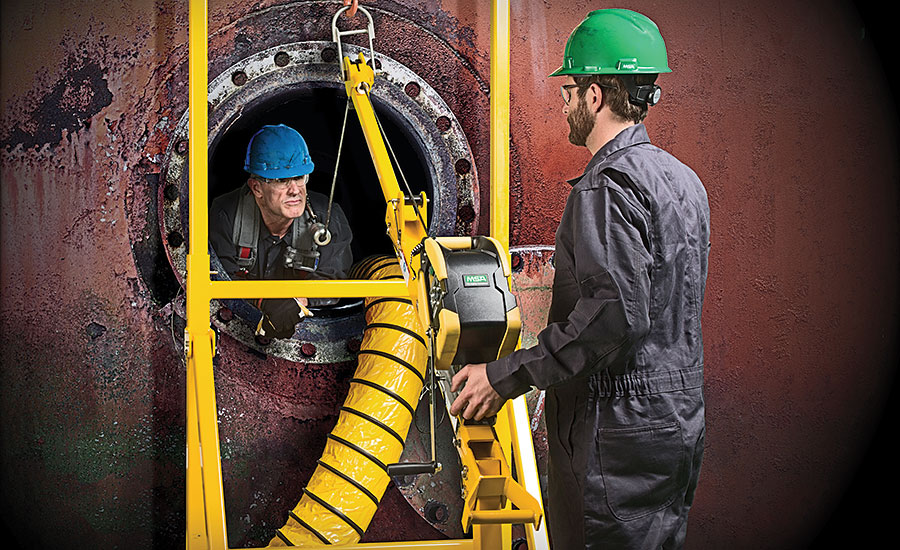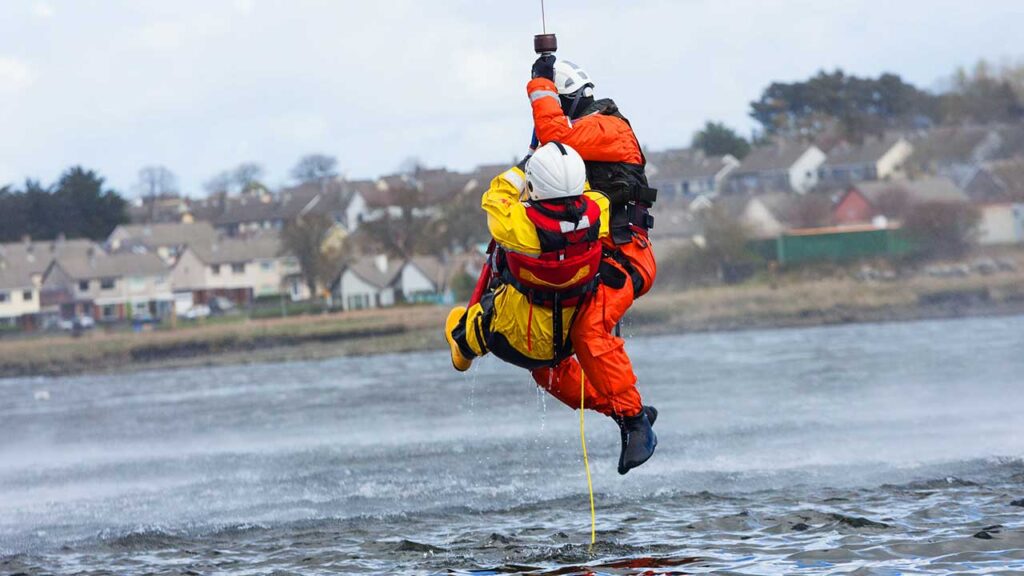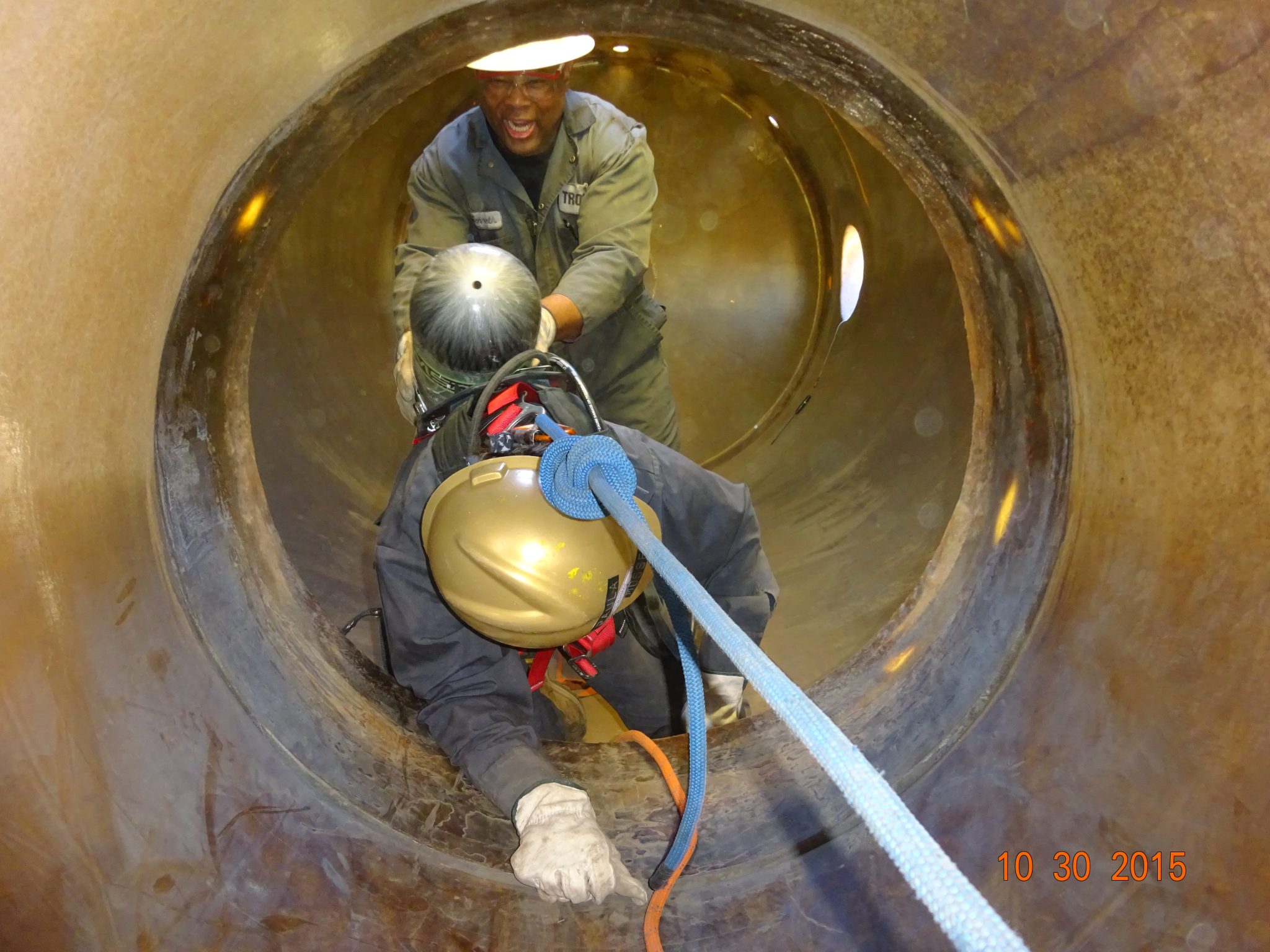In the world of technical rescue operations, safety is everything. Whether it’s rescuing someone from a high-rise, navigating confined spaces, or managing water emergencies, having the right protective gear is essential. This is where the NFPA 1896 Standard plays a pivotal role. Developed by the National Fire Protection Association (NFPA), the NFPA 1896 Standard sets the benchmark for protective ensembles used in rescue operations.
Let’s dive into the specifics of the NFPA 1896 Standard and understand why it’s indispensable for rescue professionals.

What is the NFPA 1896 Standard?
The NFPA 1896 Standard outlines the requirements for the design, performance, testing, and maintenance of protective gear used in technical rescue operations. It covers a wide range of scenarios, including high-angle rescues, confined spaces, and water-based emergencies, ensuring that all gear meets strict safety criteria.
The NFPA 1896 Standard guarantees that rescue workers are equipped with protective gear that not only performs reliably in dangerous conditions but also enhances their ability to carry out their duties efficiently.
Key Components of the NFPA 1896 Standard
1. Design and Performance Requirements
The NFPA 1896 Standard specifies that protective ensembles must provide optimal protection while allowing for ease of movement. This includes helmets, gloves, harnesses, boots, and other gear designed to withstand hazards such as extreme heat, sharp objects, and electrical dangers.
2. Material Specifications
Gear compliant with the NFPA 1896 Standard must be constructed from advanced materials, such as flame-resistant and abrasion-resistant fabrics. These materials ensure that the gear can handle harsh conditions, including exposure to moisture during water rescues.
3. Rigorous Performance Testing
The NFPA 1896 Standard mandates extensive testing of rescue gear to ensure its durability and reliability. Tests include assessments for impact resistance, waterproofing, thermal protection, and abrasion resistance. Only gear that passes these stringent evaluations is certified under the NFPA 1896 Standard.
4. Focus on Fit and Comfort
The NFPA 1896 Standard emphasizes ergonomic design. Protective ensembles must provide a secure fit and freedom of movement, ensuring that rescue workers can perform their tasks without restrictions.
5. Maintenance and Inspection
The NFPA 1896 Standard also includes guidelines for maintaining and inspecting protective gear. Regular maintenance ensures that equipment remains in optimal condition, ready for use in high-stakes situations.

Why the NFPA 1896 Standard is Essential
1. Ensures Maximum Safety
The NFPA 1896 Standard minimizes risks by ensuring that all protective gear meets the highest safety standards. This is critical for rescue workers who operate in hazardous environments.
2. Compliance with Regulations
Adhering to the NFPA 1896 Standard helps organizations meet legal and regulatory requirements. Compliance reduces the risk of penalties and enhances operational credibility.
3. Enhances Operational Efficiency
By specifying high-performance gear, the NFPA 1896 Standard enables rescue workers to focus entirely on their mission without worrying about equipment failure.
4. Drives Innovation in Rescue Gear
The NFPA 1896 Standard evolves with advancements in technology, ensuring that rescue workers have access to cutting-edge protective equipment.
Conclusion
The NFPA 1896 Standard is more than a guideline—it’s a lifeline for rescue teams operating in extreme and dangerous conditions. From its emphasis on material quality to its rigorous testing protocols, the NFPA 1896 Standard ensures that protective ensembles offer unparalleled safety and reliability.
For those in the field of rescue operations, understanding and implementing the NFPA 1896 Standard is a vital step toward protecting both personnel and the people they aim to save.





